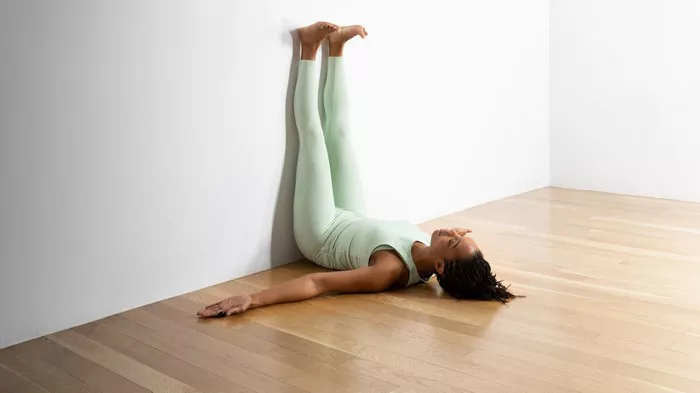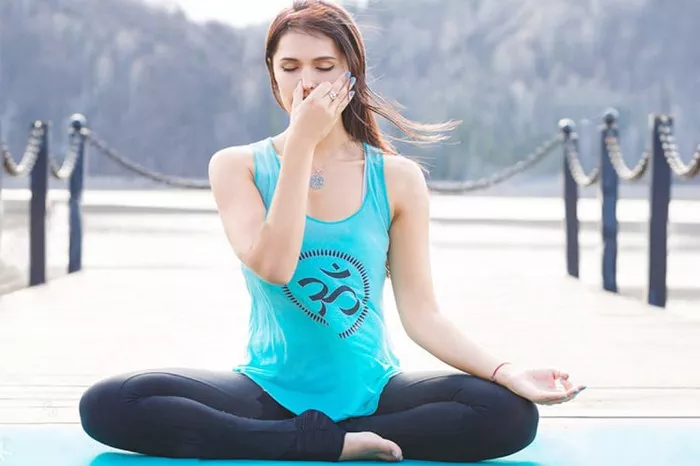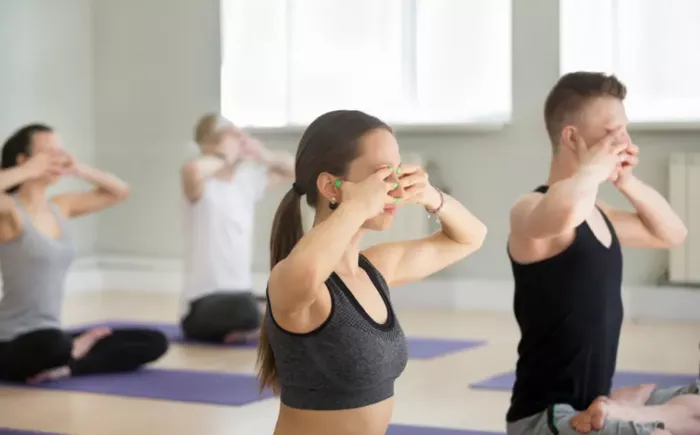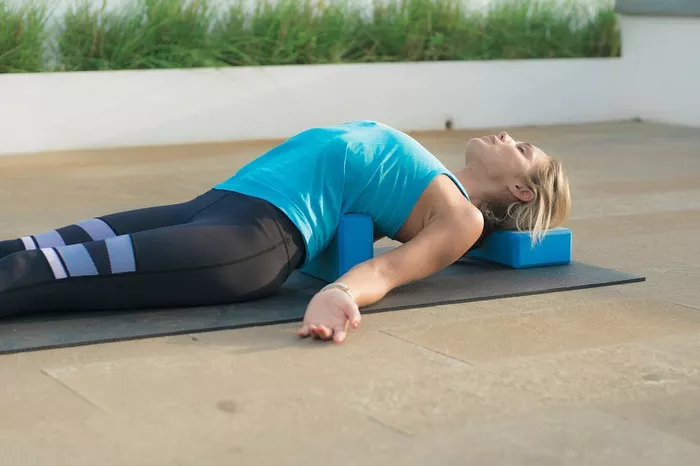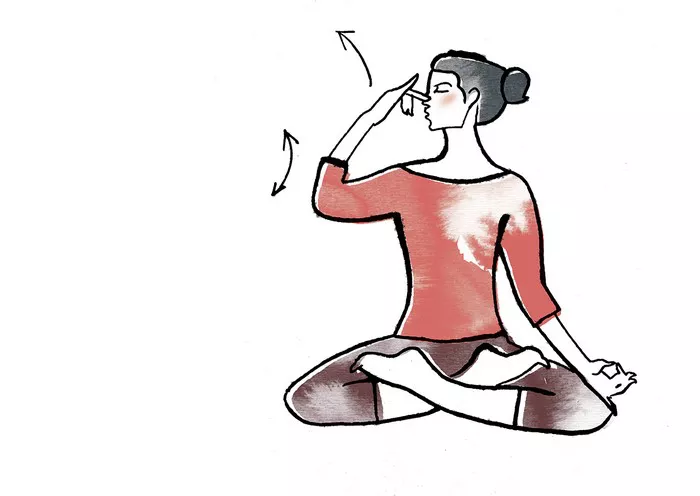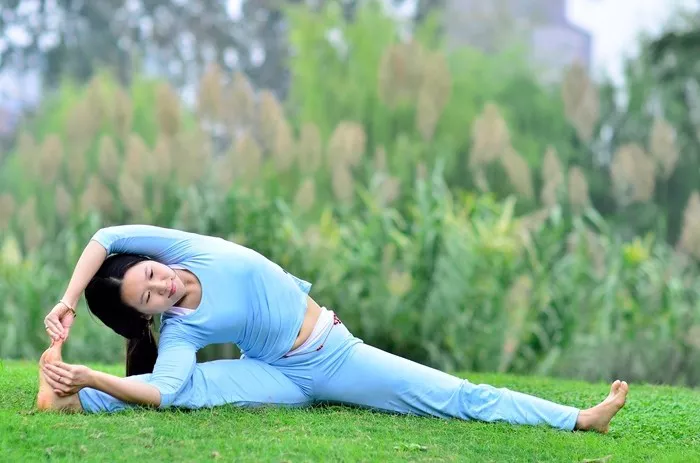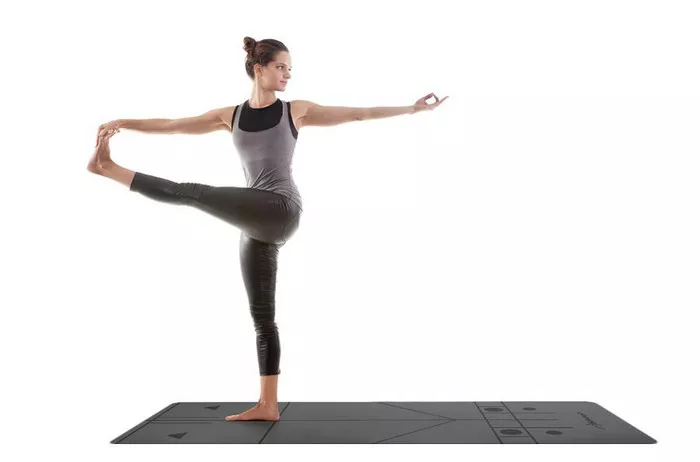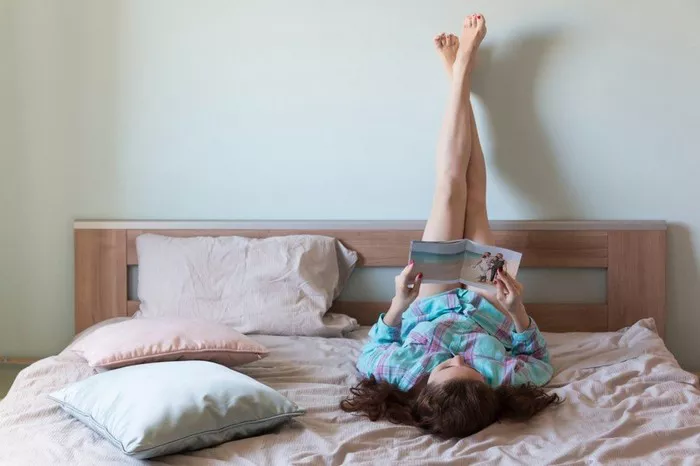Spinal stenosis, a condition characterized by the narrowing of spaces within the spine, can cause discomfort, pain, and limited mobility for those affected. While traditional treatments such as medication and surgery may be recommended in severe cases, incorporating restorative yoga into a management plan can offer significant benefits. Restorative yoga focuses on gentle poses supported by props, encouraging relaxation, stretching, and realignment of the spine. In this article, we’ll explore various restorative yoga poses tailored to alleviate symptoms of spinal stenosis, promoting comfort and enhancing mobility.
Understanding Spinal Stenosis
Before delving into specific yoga poses, it’s essential to understand the nature of spinal stenosis. This condition typically develops gradually over time, as the spinal canal narrows, exerting pressure on the nerves and spinal cord. Common symptoms include back pain, numbness, weakness, and tingling sensations in the affected areas. Spinal stenosis can occur in different regions of the spine, including the cervical (neck), thoracic (upper back), and lumbar (lower back) regions.
Benefits of Restorative Yoga for Spinal Stenosis
Restorative yoga offers a gentle approach to stretching and strengthening the muscles surrounding the spine, promoting flexibility, and relieving tension. By incorporating props such as bolsters, blankets, and blocks, practitioners can comfortably hold poses for extended periods, allowing for deep relaxation and release of muscle tension. Additionally, restorative yoga helps improve posture, enhance circulation, and reduce inflammation, all of which are beneficial for individuals with spinal stenosis.
Key Considerations Before Practicing Restorative Yoga
While restorative yoga can be highly beneficial for managing spinal stenosis, it’s essential to approach it with caution, especially if you’re new to yoga or experiencing severe symptoms. Consult with a healthcare professional before starting any new exercise regimen, particularly if you have underlying health conditions or concerns. Additionally, listen to your body and modify poses as needed to avoid exacerbating discomfort or pain. Remember to breathe deeply and mindfully throughout your practice, allowing for relaxation and release.
Restorative Yoga Poses for Spinal Stenosis
1. Supported Child’s Pose (Balasana)
Begin on your hands and knees, placing a bolster or stack of blankets between your thighs.
Sit back on your heels, extending your arms forward and resting your forehead on the bolster.
Allow your spine to lengthen, feeling a gentle stretch along the back.
Hold the pose for 3-5 minutes, focusing on deep, slow breaths to release tension.
2. Supported Bridge Pose (Setu Bandhasana)
Lie on your back with your knees bent and feet hip-width apart, placing a block or bolster under your sacrum.
Press into your feet and lift your hips toward the ceiling, engaging your glutes and thighs.
Allow your shoulders to relax and breathe deeply into the stretch along the spine.
Hold for 3-5 minutes, gradually releasing tension with each exhale.
3. Reclining Spinal Twist (Supta Matsyendrasana)
Lie on your back with your arms extended to the sides, palms facing down.
Bend your knees and draw them toward your chest, then lower them to the right side of your body.
Place a bolster or stack of blankets under your knees for support, keeping both shoulders grounded.
Hold the twist for 3-5 minutes, then repeat on the opposite side, allowing for a gentle release of tension along the spine.
5. Supported Legs-Up-the-Wall Pose (Viparita Karani)
Sit with one side of your body against a wall, then gently rotate your legs up the wall as you lie back.
Place a bolster or folded blanket under your hips for support, allowing your arms to rest by your sides.
Close your eyes and focus on your breath, feeling a gentle stretch along the back of your legs and spine.
Hold for 5-10 minutes, allowing gravity to assist in the release of tension and promoting relaxation.
5. Supported Fish Pose (Matsyasana)
Sit on the floor with your knees bent and feet flat, placing a bolster lengthwise behind you.
Lie back on the bolster, allowing your head and upper back to be supported.
Extend your arms out to the sides or rest them on your abdomen, opening up the chest and shoulders.
Hold for 3-5 minutes, breathing deeply into the stretch and releasing any tension in the chest and spine.
Incorporating Restorative Yoga into Your Routine
To reap the full benefits of restorative yoga for spinal stenosis, aim to practice regularly, incorporating these poses into your daily or weekly routine. Start with shorter holds and gradually increase the duration as your flexibility and comfort level improve. Consider attending a restorative yoga class or working with a qualified instructor who can provide guidance and modifications tailored to your specific needs.
Conclusion
Restorative yoga offers a gentle yet effective approach to managing symptoms of spinal stenosis, promoting relaxation, flexibility, and pain relief. By incorporating supported poses into your routine, you can alleviate discomfort, improve mobility, and enhance overall well-being. Remember to practice with mindfulness and listen to your body, modifying poses as needed to ensure a safe and comfortable experience. With consistent practice and patience, restorative yoga can be a valuable tool in your journey toward spinal health and vitality.

